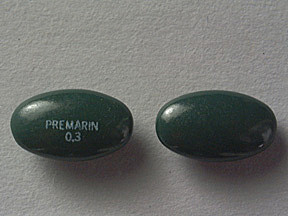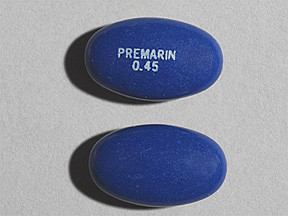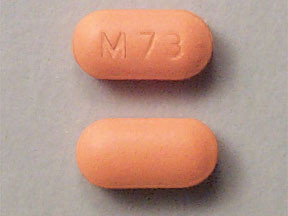ESTROGENS - ORAL
PHONETIC PRONUNCIATION: (ES-troe-jenz)
COMMON BRAND NAME(S): Cenestin, Enjuvia, Estrace, Femtrace, Ogen, Premarin
GENERIC NAME(S): estrogens, conjugated
Uses
USES: This medication is a female hormone. It is used by women to help reduce symptoms of menopause (such as hot flashes, vaginal dryness). These symptoms are caused by the body making less estrogen. If you are using this medication to treat symptoms only in and around the vagina, products applied directly inside the vagina should be considered before medications that are taken by mouth, absorbed through the skin, or injected. Certain estrogen products may also be used by women after menopause to prevent bone loss (osteoporosis). However, there are other medications (such as raloxifene, bisphosphonates including alendronate) that are also effective in preventing bone loss and may be safer. These medications should be considered for use before estrogen treatment. Certain estrogen products may also be used by men and women to treat cancers (certain types of prostate cancer, breast cancer that has spread to other parts of the body) and by women who are not able to produce enough estrogen (for example, due to hypogonadism, primary ovarian failure).
How to use ESTROGENS - ORAL
HOW TO USE: Read the Patient Information Leaflet if available from your pharmacist before you start using this medication and each time you get a refill. If you have any questions, ask your doctor or pharmacist. Take this medication by mouth with or without food as directed by your doctor. You may take it with food or right after a meal to prevent stomach upset. If you are taking the extended-release tablets, do not crush, chew, or dissolve them. Doing so can release all of the drug at once, increasing the risk of side effects. Also, do not split extended-release tablets unless they have a score line and your doctor or pharmacist tells you to do so. Swallow the whole or split tablet without crushing or chewing. The dosage is based on your medical condition and response to treatment. Take this medication regularly to get the most benefit from it. To help you remember, take it at the same time(s) each day as directed. Follow your dosing schedule carefully. Do not increase your dose or take this medication more often or for a longer time than directed. Tell your doctor if your condition does not improve or if it worsens.
Side Effects
Precautions
Interactions
Overdose
Images
Reviews
Warning
WARNING: Estrogens, either used alone or with another hormone (progestin), have rarely caused very serious side effects. Discuss the risks and benefits of hormone treatment with your doctor. Estrogens should not be used to prevent heart disease or dementia. Estrogens can increase the risk of cancer of the uterus (endometrial cancer). Taking a progestin as directed by your doctor can help decrease this risk. Tell your doctor right away if you have any unusual vaginal bleeding. In postmenopausal women, estrogens can increase the risk of cancer of the ovaries, stroke, dementia, and serious blood clots in the legs. Estrogens alone do not appear to increase the risk of breast cancer when used for up to 7 years. Estrogen, when used with a progestin, can increase the risk of heart disease (such as heart attacks), stroke, serious blood clots in the lungs/legs, dementia, and cancer of the breast/ovaries. The risk for serious side effects may depend on the dose of estrogen and the length of time it is used. Therefore, this medication should be used at the lowest effective dose and for the shortest amount of time. Discuss the use of this medication with your doctor and check with him/her regularly (for example, every 3 to 6 months) to see if you still need to take this medication. If you will be taking this medication long-term, you should have regular complete physical exams (for example, once a year) as directed by your doctor. See also Notes section.
Disclaimer
IMPORTANT: HOW TO USE THIS INFORMATION: This is a summary and does NOT have all possible information about this product. This information does not assure that this product is safe, effective, or appropriate for you. This information is not individual medical advice and does not substitute for the advice of your health care professional. Always ask your health care professional for complete information about this product and your specific health needs.



No Reviews Yet